The Slinky Effect
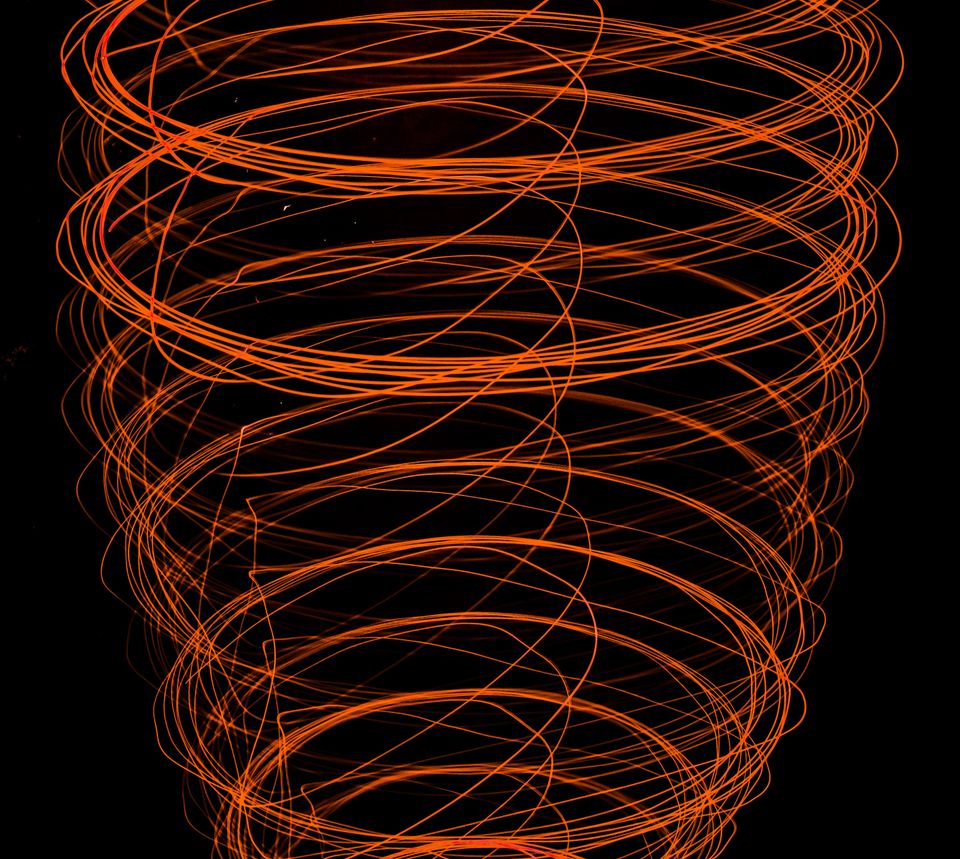
The weekly micro-decorating newsletter * Issue 9 of 13, F23 *
Subscribe free *
Is fear of Rubik's cubes a medical condition? If so, I'm self-diagnosing as a victim. The sight of this puzzle with colours scrambled always makes me queasy. The thought of the near-impossible set of moves to get one colour per side is deeply unsettling.
It made my childhood difficult, because one of my brothers was a Rubik's cube fanatic, expanding his repertoire to include all sorts of twisty puzzles – pyramids, spheres, you name it. During car trips the back seat was a virtual toy box of fiddly multi-coloured brainteasers. To him, it was just a pleasurable way to pass the hours.
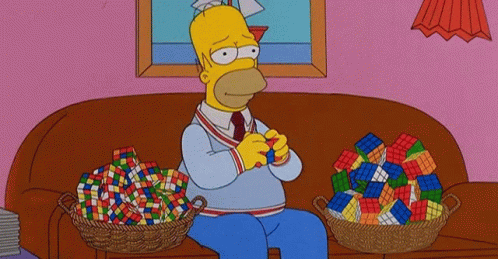
This traumatic backstory might be the reason why I've always preferred having more open-ended objects around me. Even back then, the Slinky was more my speed. You can pick it up and put it down without having to accomplish anything in between. Instead of increasingly frantic twisting with one goal in mind, you have this elegant shift of metal coils from one palm to the other, then back again, without a rush, as long as you want.
Call it The Slinky Effect: the calming, dream-like state you enter when handling one of these mischievous devices. With a bit of coaxing at the top of a staircase, a Slinky even takes its own steps – no need for hand-driven manipulation:
Slinky isn't a puzzle to be solved, but a mood to be enjoyed. That's why it so easily moonlights as an addition to your home decor.
The thing is, no matter how you style it, Slinky never loses its Slinkiness. Even displayed on a marble tabletop, it invites you to ignore the serious atmosphere and burst into a play session:
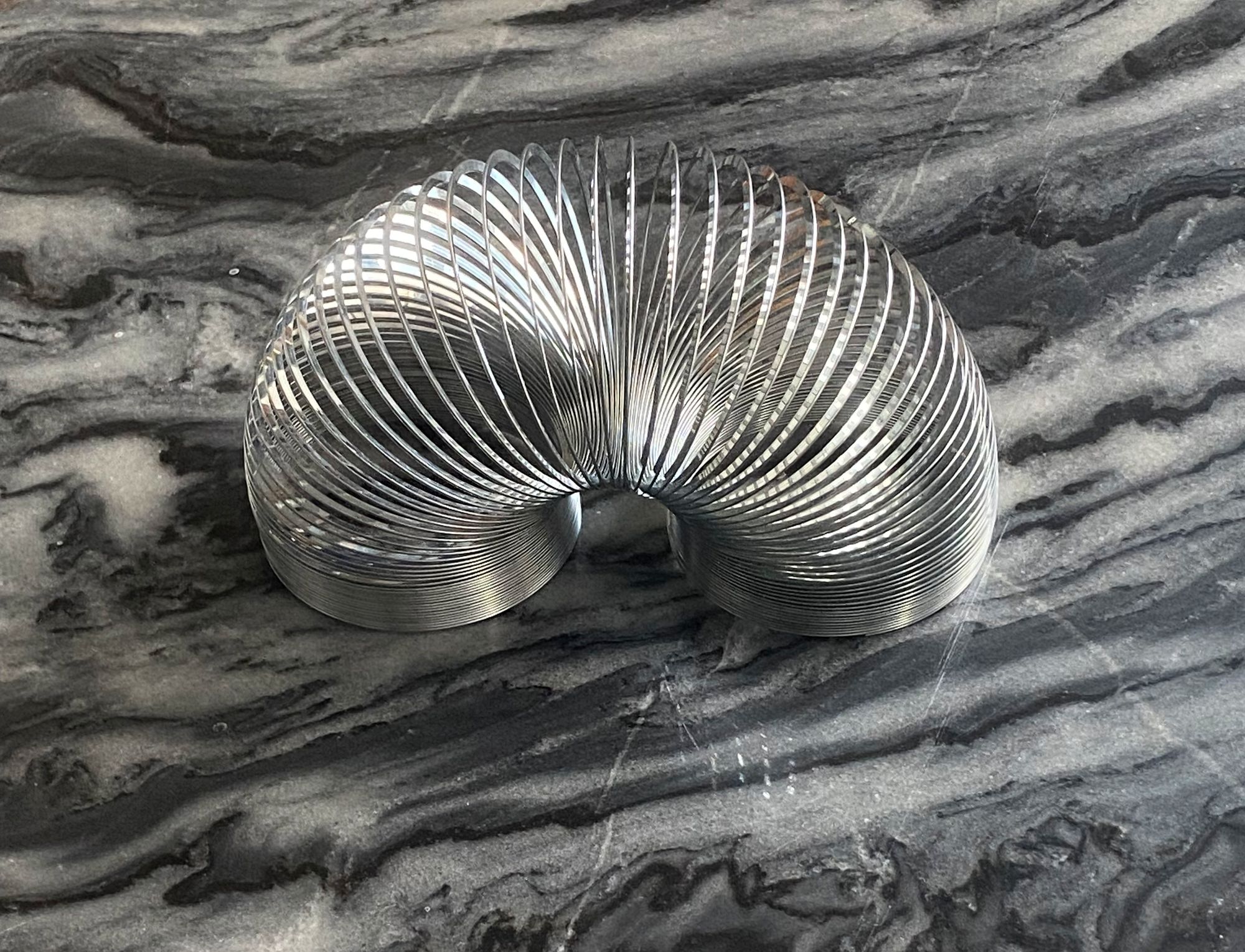
Sometimes you want something more grown-up, something that keeps your inner child hidden from potential ridicule. That's where the Tangle comes in.
At rest, it resembles a Modernist sculpture – but it's a stealth toy that admits to its secret identity when you pick it up. You quickly discover it's made of macaroni-shaped segments that swivel three-hundred-and-sixty degrees. A serpentine shape-shifter, it's solid and liquid at the same time:
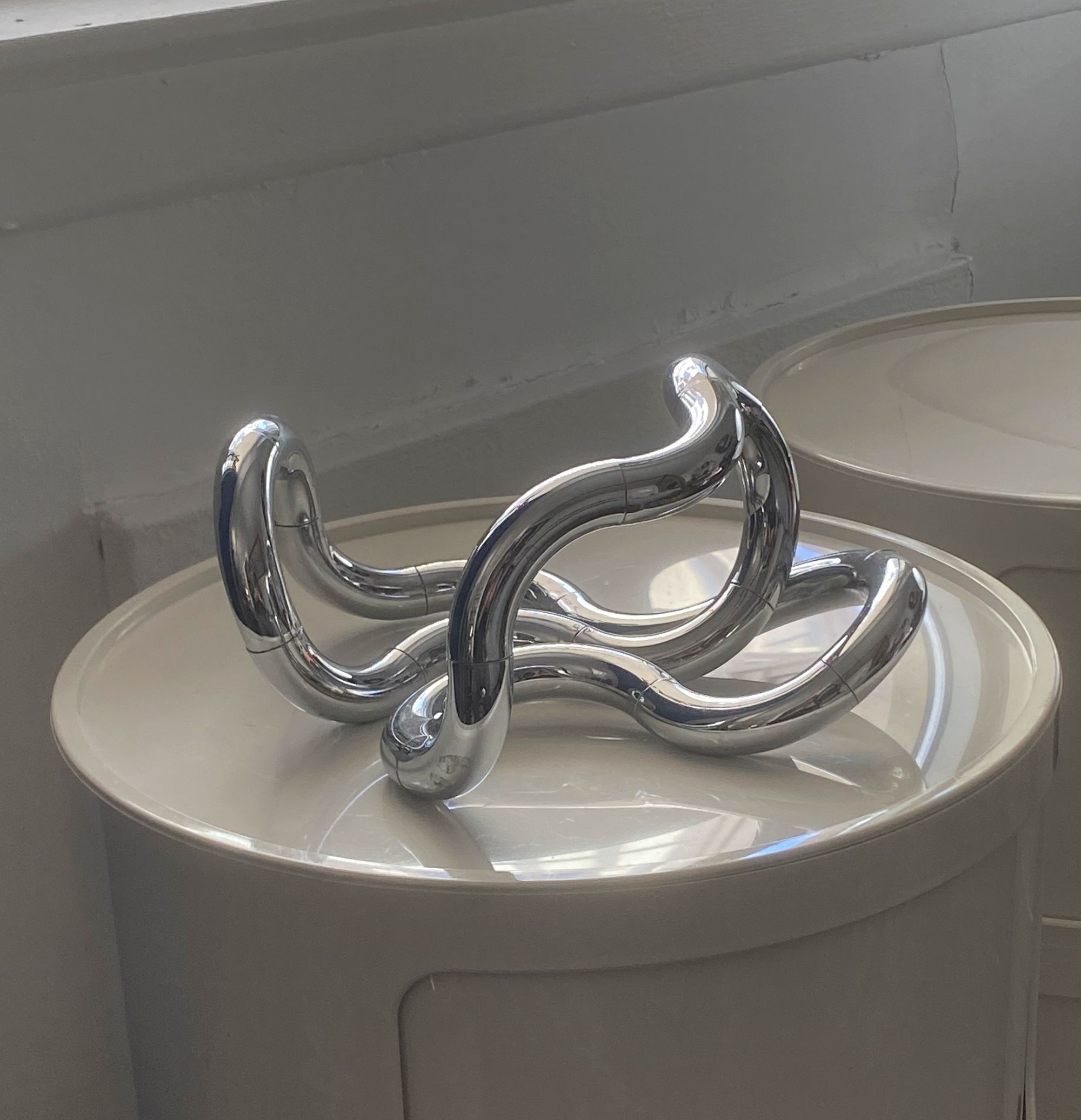
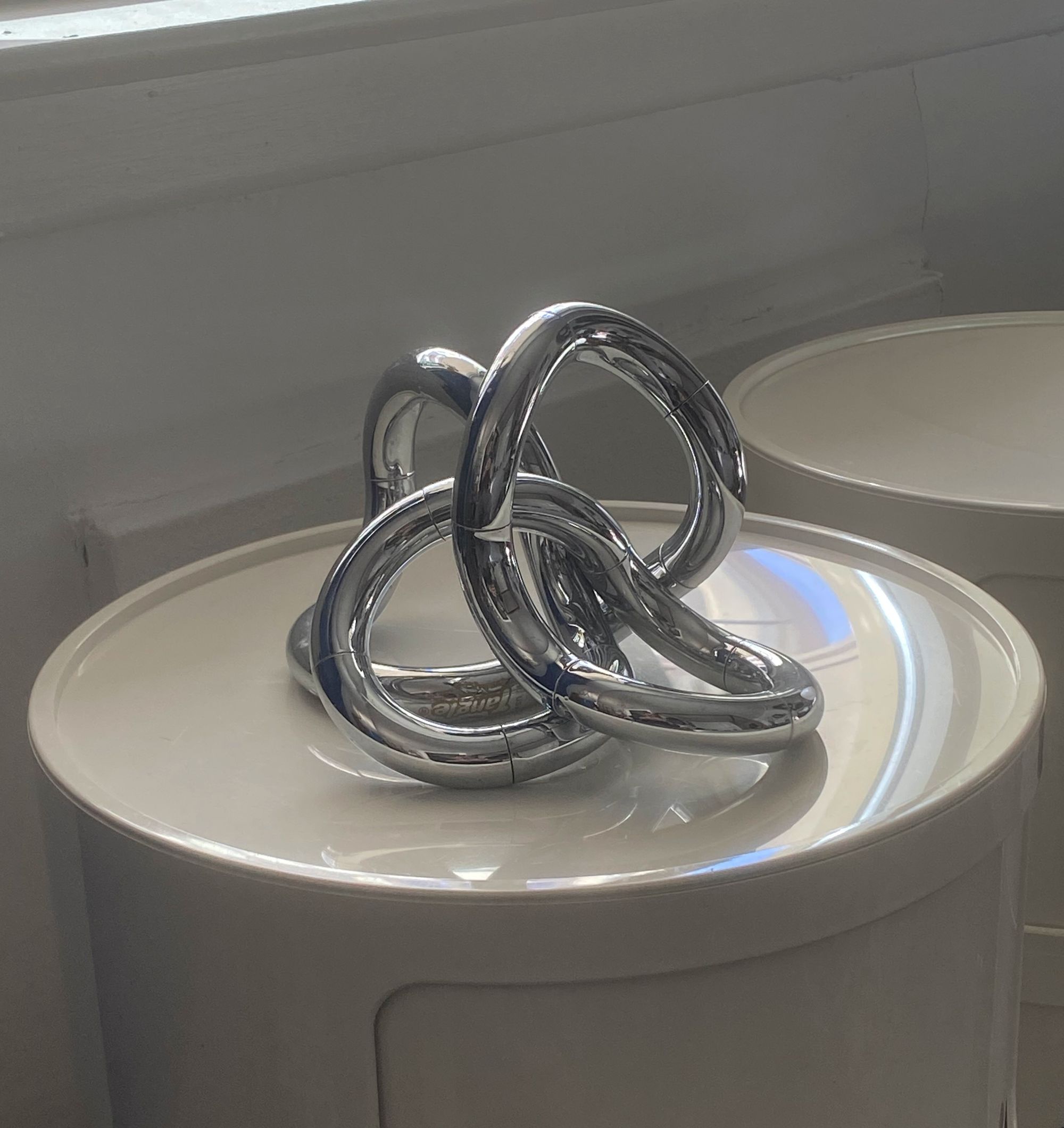
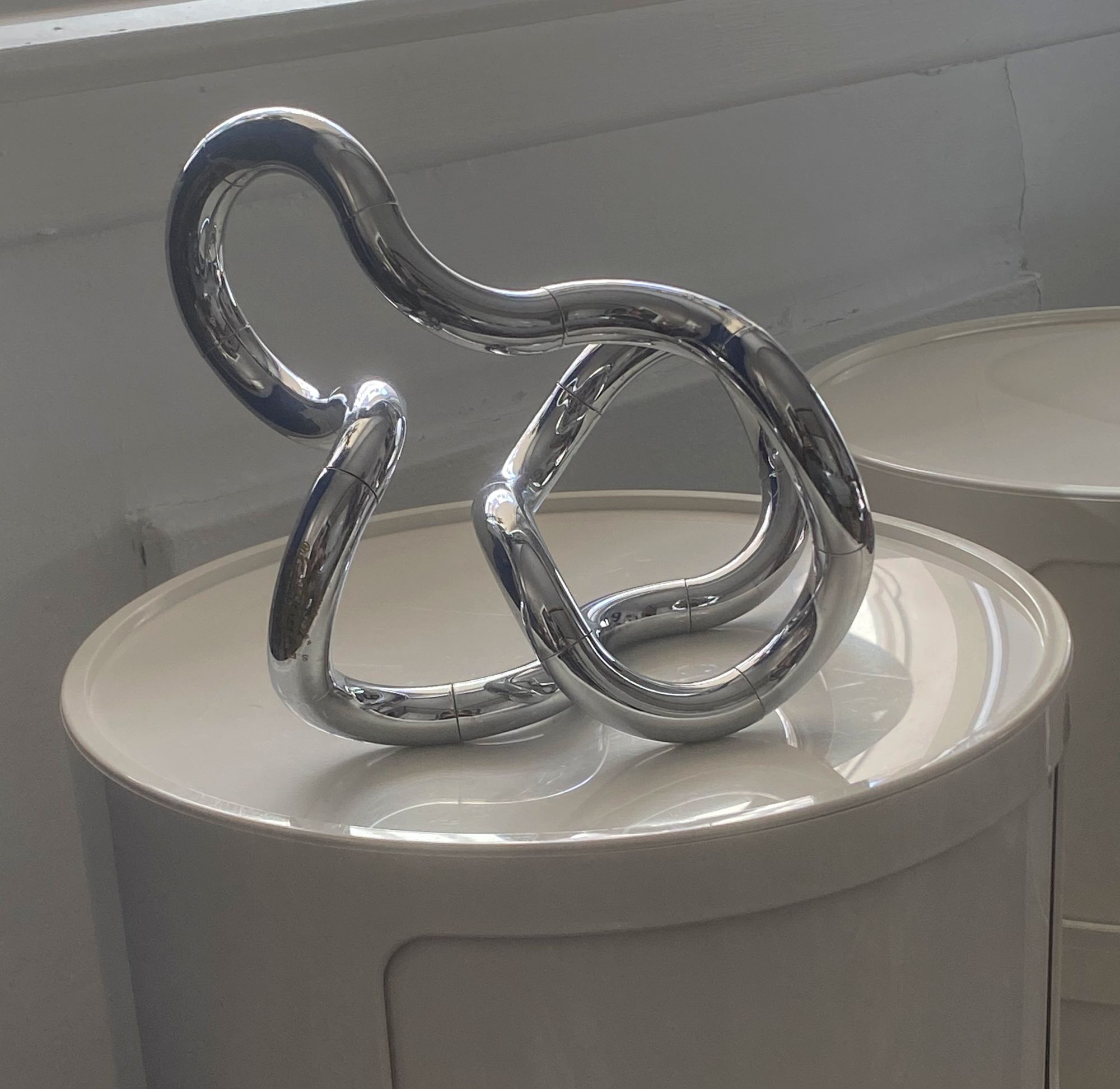
Designed by Richard X. Zawitz in the nineteen eighties, it's part of an artistic movement called Curvism. Thankfully, you can skip the studies and just get hooked on playing with the thing. Grab it and see what happens.
Like many great designs, it's had staying power over the decades, turning up when you least expect it. Earlier this year, I spotted a gigantic version in a window display at Aritzia:
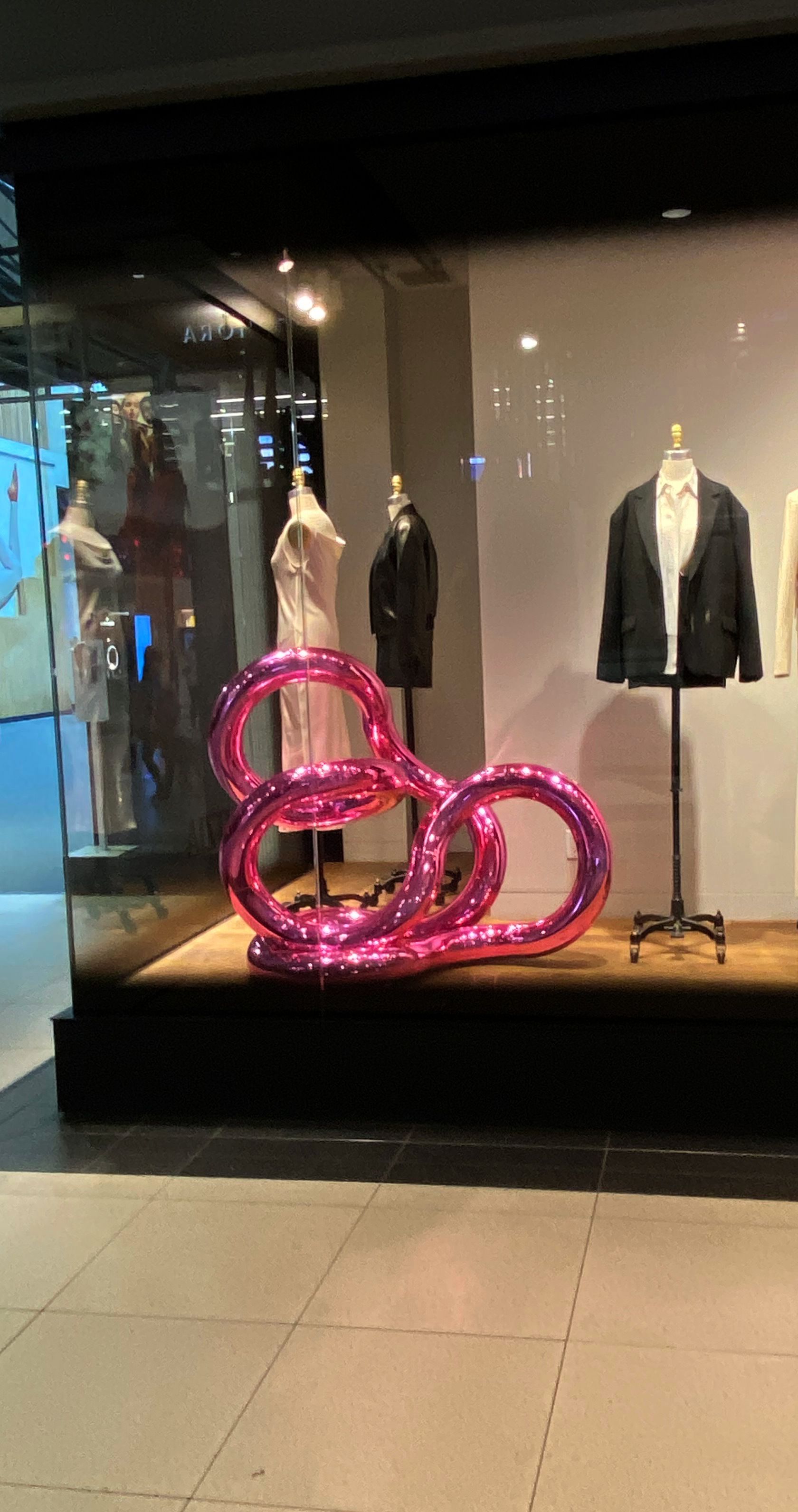
If my apartment were larger, I would have approached the store to ask if I could purchase this monster when the display time was up. It would have made an unforgettable conversation piece.
Instead, I took comfort in my appropriately-sized version, with its endless loopy configurations – as well as in imagining someone somewhere enjoying the one I craved, in some enviable state of toy-loving bliss.
From the archives
Want to get over your reluctance to enjoy toys in adulthood? Take some cues from this earlier article about the Three Stages of Toy.
Thank you for reading.






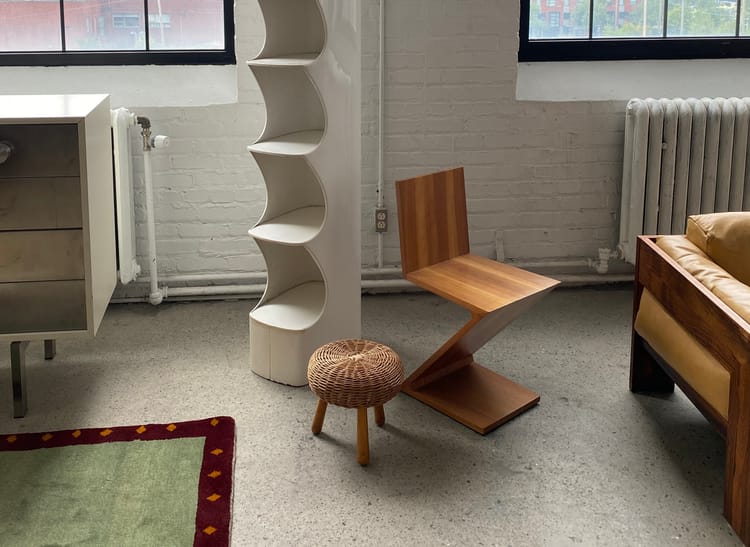
Member discussion